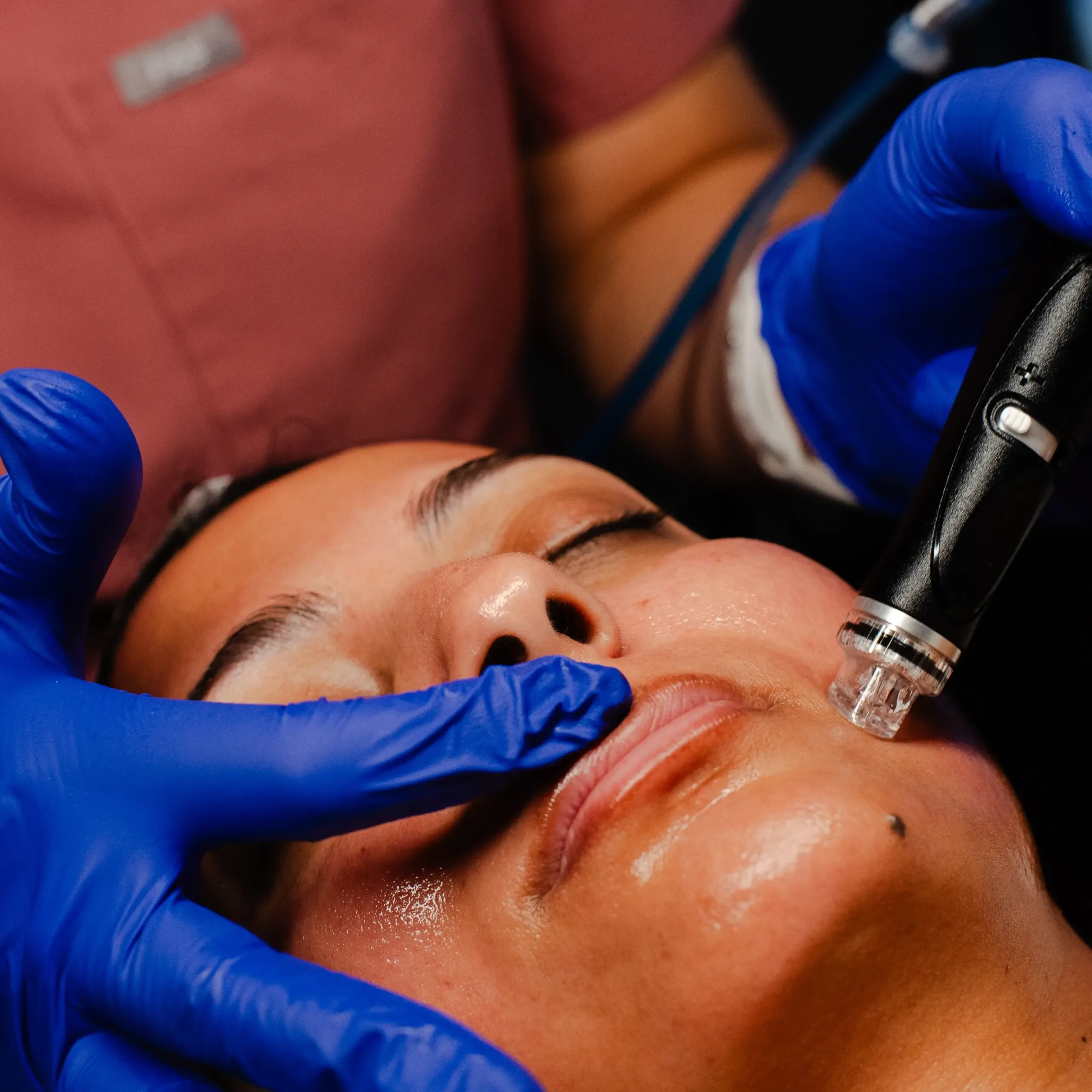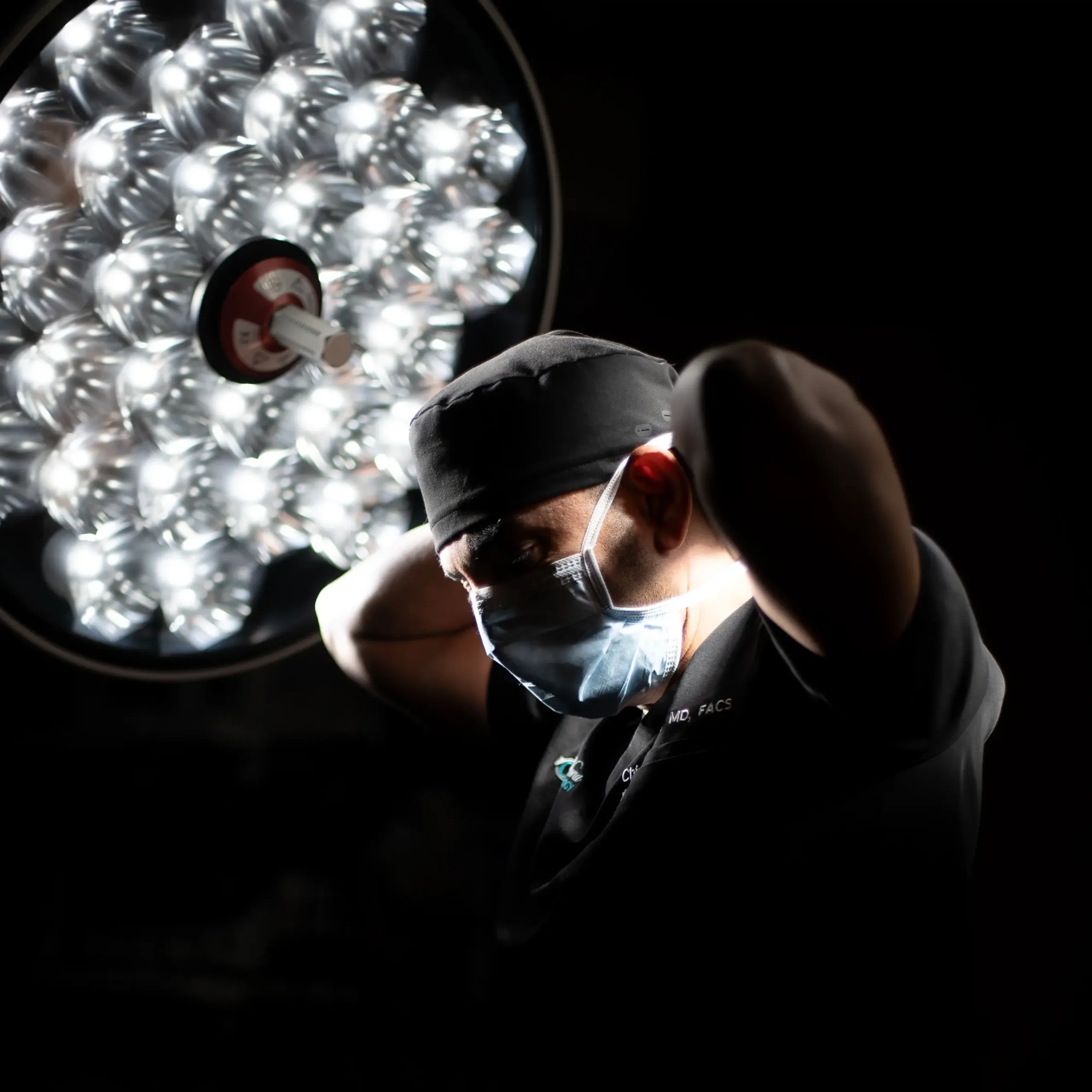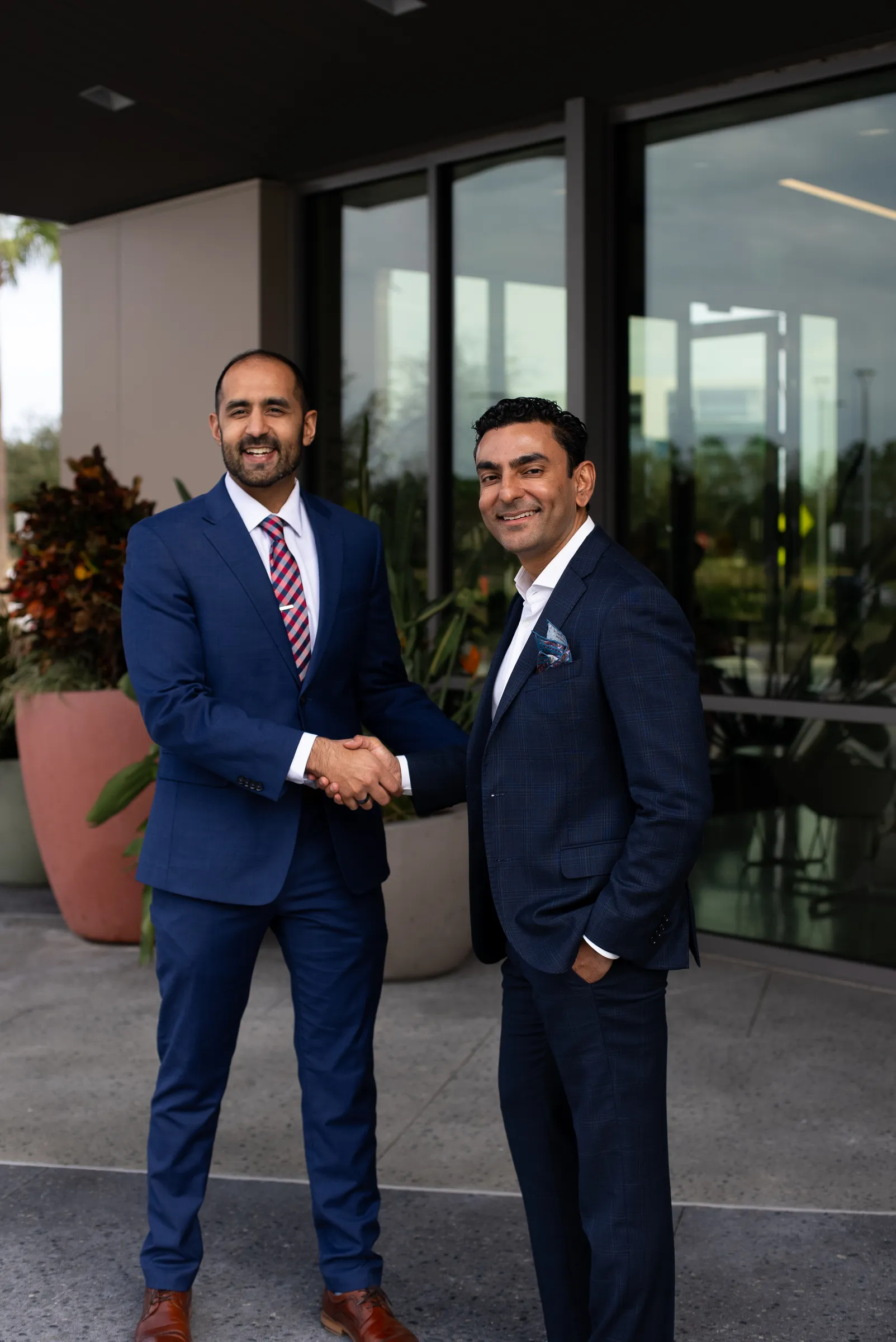Complete Eye Examination
A complete eye exam involves a series of tests designed to evaluate your vision and check for eye diseases.
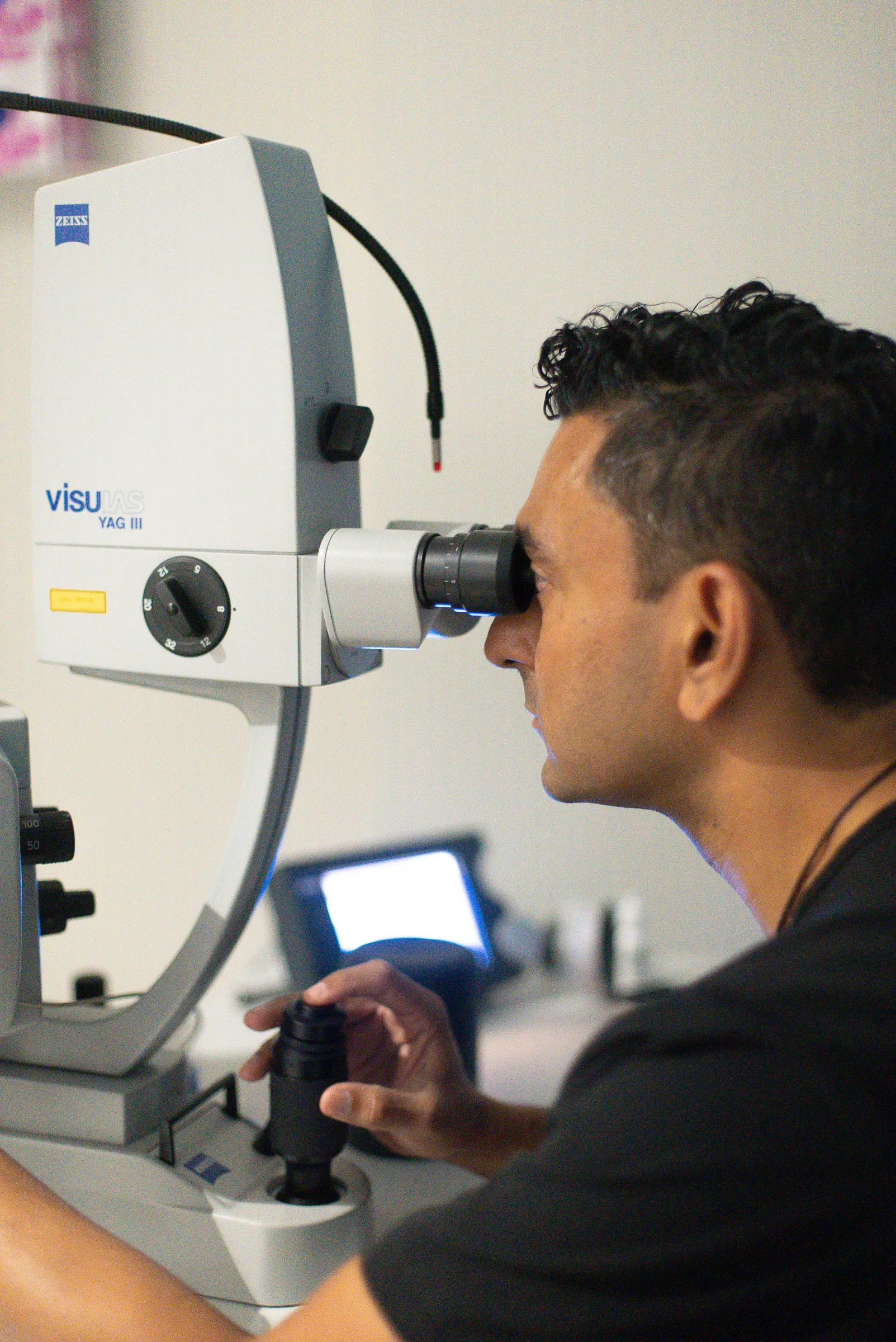
It is important to know, complete eye exams do more than just determine how clearly you see from a distance and which lens prescription, if necessary, will give you the best possible vision. Your ophthalmologist (Eye M.D.) will also run a number of tests to check the health and function of your entire eye.
If you have never had an eye examination or are seeing a new ophthalmologist, your doctor or a technician will begin by asking you questions about your general medical history and your eye history, your family’s general medical history and eye history, and any vision problems you may have. If you wear contact lenses, be sure to bring them with you to your appointment. Your ophthalmologist may check them to make sure that they are the correct prescription, fit, and kind of lens for your eyes.
Complete Eye Examination Tests
Visual Acuity Test
A visual acuity test measures how well you can see from a distance. Covering one eye at a time, you will look at an eye chart and be asked to identify letters that get smaller as you read farther down the chart.
Refraction Test
If your visual acuity test indicates that you need corrective lenses, you will be given a refraction test to determine the correct prescription. Your ophthalmologist may use an automated instrument to estimate your prescription. Your ophthalmologist will finalize your prescription by asking you to look through a device called a phoroptor that has many different lenses in it. You will be asked to compare a series of two lens choices and evaluate which lens combination provides you with your best possible vision correction.
Eye Muscle Function Test
To test the function of your eye muscles, your ophthalmologist will have you follow the movement of an object in many directions, looking for weak muscles or poor control of the muscles that move your eyes. Your pupillary reaction will be decided by shining a handheld light in each eye.

Visual Field Test
To test your peripheral vision, which is what you are able to see to the sides of your visual field when you look straight ahead, your ophthalmologist uses a visual field test. You may be asked to cover one eye at a time and, while looking straight ahead, tell your ophthalmologist when you can see his or her hand or other object as it moves inward from outside your visual field. Or a computer program may be used to test your visual field. If so, you will look straight ahead into a special device, often a lighted bowl-shaped instrument, and press a button each time you see a flash of light. Your ophthalmologist can use your responses to see if there are any blind spots in your visual field.
Slit-Lamp Biomicroscope
Your ophthalmologist will use a slit-lamp biomicroscope to examine the front part of your eye, including the lids, conjunctiva, cornea, iris, and lens. You will sit at the slit lamp, which greatly magnifies your eye and shines a bright line of light into it, allowing your ophthalmologist to examine your eye closely.
Glaucoma Test
To test for glaucoma, a disease that can cause blindness when too much pressure in your eye damages the optic nerve, your ophthalmologist will use a tonometer to measure your intraocular pressure.
Applanation Tonometry
Applanation tonometry is used by most ophthalmologists. You will be given eyedrops containing an anesthetic and fluorescein (an orange dye) to numb the front surface of your eye and will then use a tonometer to gently touch your cornea and measure the force required to flatten it. This procedure is quick and painless, and the anesthetic will wear off in 15 or 20 minutes.
Retinal Examination
A retinal examination explores the back of your eye including the retina and optic nerve. Depending on the type of retinal examination your ophthalmologist chooses, your pupils may or may not be dilated with eyedrops, which may sting briefly. If your ophthalmologist chooses to use direct examination, he or she will shine a light in your eye and use a device called an ophthalmoscope to look at the back of your eye. Alternatively, using a method called indirect examination, your ophthalmologist may use a much brighter light mounted on his or her forehead to examine your eye while holding it open. Finally, to get the best look at the back of the eye, your ophthalmologist may choose to perform a slit-lamp examination, which combines the use of the slit lamp and special lenses. Retinal examinations usually take about five minutes, but the eyedrops will continue to blur your vision for several hours. You may not be able to drive and will be sensitive to bright light, but this is temporary and should resolve in several hours.

